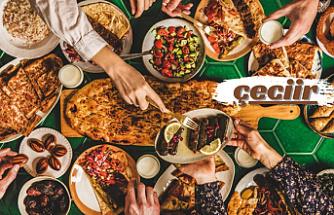In the United States alone, the population will grow by about 40 percent. This recent research predicts that the world's population will reach 9 billion by 2050. In addition, it is predicted that over the next 30 years, there will be a 30 percent increase for food. However, these estimates highlight some serious challenges for the global food system.
The World Bank indicates that we will need to produce 70 percent more food than we do currently on the same area of land today. By 2050, we will face a difficult challenge since we are already unable to feed the growing number of mouths with the food we produce today. By 2050, we will have a third more mouths to feed, and securing food will be an enormous challenge. Now we harvest, store and transport food to hungry mouths. In addition, with the global economy booming and demand for meat rising, everything we can do is only going to get worse.
How technology will solve food issues in future
We have the technology and resources to deploy effective solutions to put the global food system on a more sustainable path. Here are some of the most exciting way that will shape the future of food.
- To create a better future for our future selves and children, we must be aware of how our food choices affect the world around us. Given the enormous and growing global demand for meat, the excessive concentration of agricultural resources devoted to meat production and livestock farming should be a top priority in efforts to improve the sustainability of food production. In this trait, we consider the increase in plant production as part of the solution and examine its potential limits.
- Food science will formulate the best nutritional profile for each population and individual. When parents in the morning prepare their children's school lunches, they will use nutrition databases to figure out what is best for each child - from factors such as adequate Vitamin intake to dealing with digestive problems. In the area of baby food, we will have products that are tailored to each population segment, with foods that are optimized for women, men and the elderly.
- In future food, security, preventing food shortages and malnutrition, avoiding food intolerances and allergies, protecting global biodiversity are going to play a pivotal role. We have to promote cleaner food production and minimizing animal cruelty, Seaweed meat, vegetable meat alternatives, edible insects, burgers and protein bars will be on the global menu.
In addition, some countries are imposing some sort of regulation on claims for the supply of advanced food. Measures have been taken that includes improving the marketing of plant foods, improving meat substitutes and implementing policies that discourage consumption of these foods.
Conclusion
The challenge of feeding 10 billion people by 2050 is more difficult than people realize. This will require a Herculean task and fundamental changes in the way we produce and consume food. Some food items of today are not optional, and the world must implement them to close the gap in reducing food, land, and greenhouse gases.












